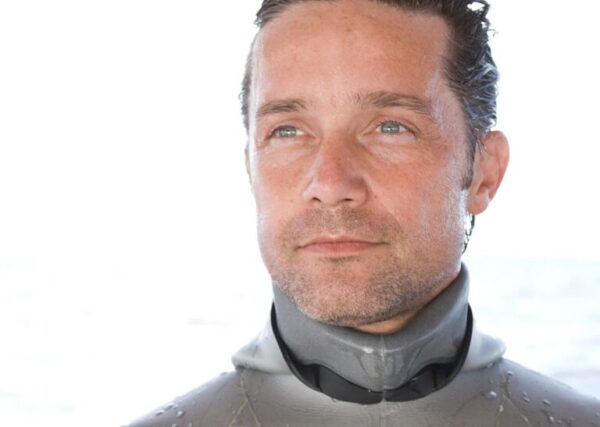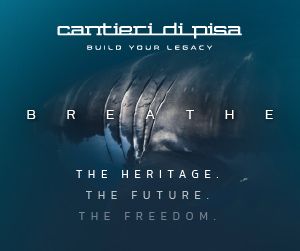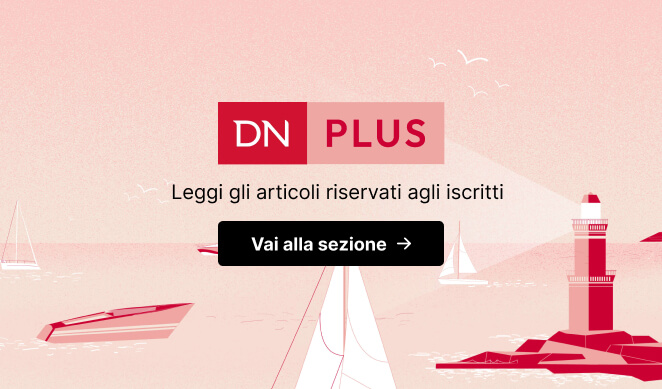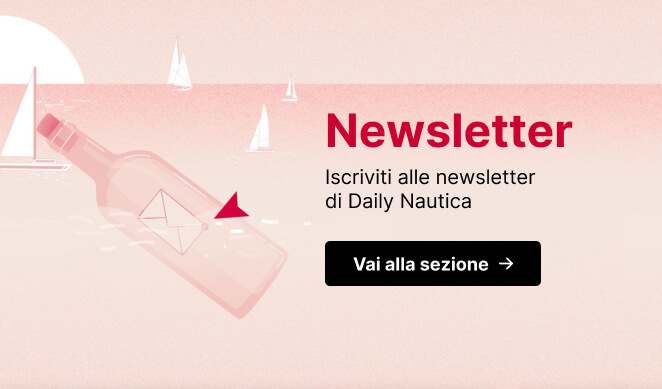Project “Proteus”: the underwater space station
Built 20 metres below the water’s surface, “Proteus” is a modern underwater habitat where scientists, innovators and private citizens will work together to study the oceanic environment

Built 20 metres below the water’s surface, “Proteus” is a modern underwater habitat where scientists, innovators and private citizens will work together to study the oceanic environment
Fabien Costeau, son of Jean-Michel, and grandson of the great Jacques, is part of a dynasty with salt water in its veins. Diver, activist, video maker and director of incredible documentaries about the underwater world, he has spent his whole life protecting the oceans and teaching about them to the public.
His latest project is “Proteus” a modern underwater habitat, an “international space station” built 20 metres below the water’s surface, just off the Caribbean island of Curaçao. In this habitat and research centre, where people can live for long periods of time, scientists, innovators and private citizens will come together to study the oceanic environment.
In addition to top-of-the-line science laboratories, housing and an underwater food garden, Proteus will include a large-scale video production centre, offering live streaming for research and education. Proteus Ocean Group and NOAA (National Oceanic and Atmospheric Administration) have recently signed a formal agreement for the use of this extraordinary station in the abyss.
“On Proteus – explains Fabien Costeau – we will have unlimited access to the ocean, 24/7, making long term studies possible with continual observation and in-person experiments. In partnership with NOAA, the discoveries that we might make, regarding climate refuge, super corals, life-saving medicines, micro-environmental data tied to climate events and much more, will be truly revolutionary. We can’t wait to share our stories with the world.”
The same enthusiasm is also shown by the American organisation working in monitoring and protecting the oceans. “This partnership – says Jeremy Weirich, director of NOAA Ocean Exploration – has the potential to drastically expand our skills in studying the ocean. By living underwater for long periods in our ocean laboratory, we will be able to unravel some marine mysteries, so as to better manage, sustainably use, protect and appreciate, its resources.”
The project is considered so important and innovative that a new player has stepped onto the scene, signing an agreement for cooperation in research and development: NUWC (Naval Undersea Warfare Center), the military.
“The NUWC Newport division – says Jason Gomez, Chief Technical Officer for NUWC Newport – has over 150 years’ experience in the development of underwater technology, including Ocean & Biological Inspired Sciences. We work actively with organisations to share our skills and technology both in the public and private sectors. We are excited to work with Proteus and explore the use of the habitat for research purposes.”

Fabien Cousteau
“We are happy to welcome – concludes Costeau – the experience and partnership of NUWC and the opportunity to see how technology deriving from US Navy research can be used for civilian application. Important partnerships like this are fundamental to guarantee a safe and protected space, while we work together to make progress in exploring our oceans, now and in the future.”
We are truly convinced that cooperation between the public, private and military sectors will bring together the best minds, the most innovative technology and, above all, the funds necessary for futuristic and advanced research like this, aimed at protecting the oceans and the creatures that inhabit them. At least this is what we hope. For more information on the project, visit the Fabien Costeau website or watch this extraordinary video.
Photo source: Wikipedia
Topics: Fabien Costeau, Proteus




